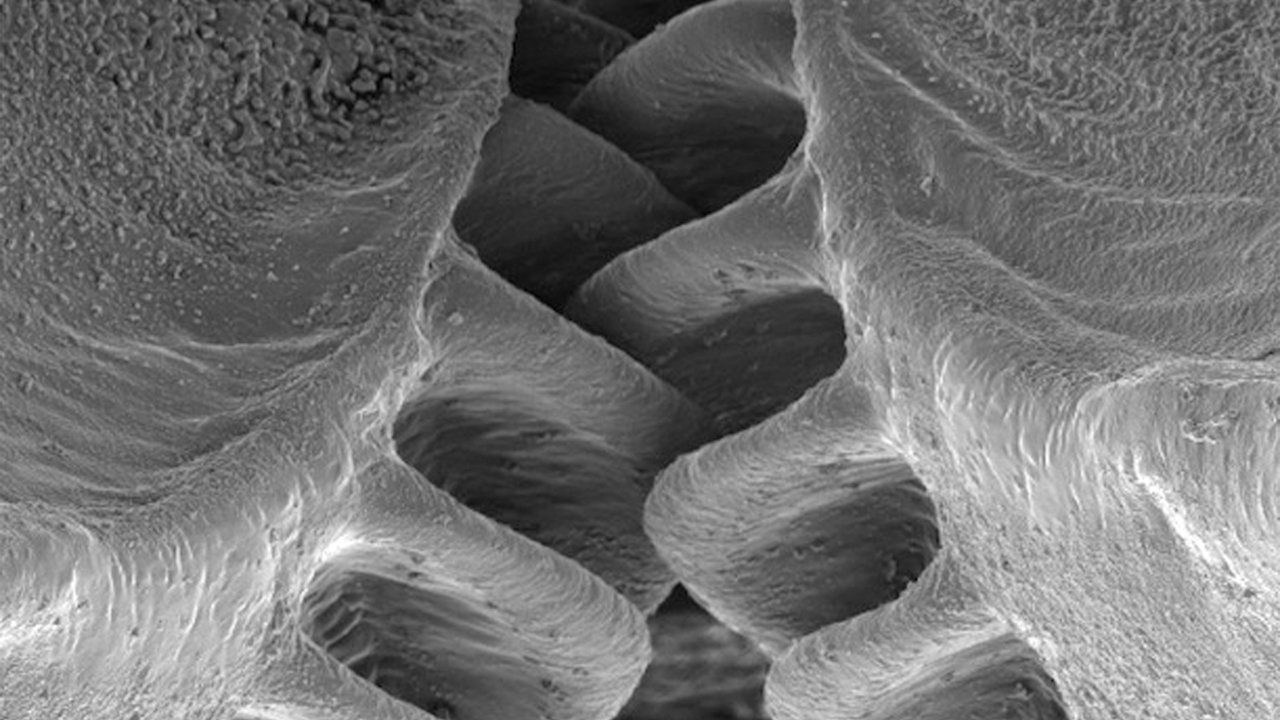The mechanical gear as we know it today was invented a very long time ago (sometime around 300 B.C.E.) and has since become an tool in the operation of modern machinery. However, it’s become apparent that mother nature may have beaten us to it many ages ago.
Malcolm Burrows and Gregory Sutton, biologists from the University of Cambridge, discovered that a small insect known as an Issus coleoptratus, more commonly as a “plant hopper,” have had functioning gears since long before we had ever thought to invent them. The gears themselves, found in juvenile samples of the insect, have 10 to 12 80-micrometer teeth and aid in coordination, allowing for quick and precisely synchronized jumps.
“These gears are not designed; they are evolved,” says Sutton, “representing high speed and precision machinery evolved for synchronization in the animal world.”

(Image: SmithsonianMag)



